Infinity Technologies began its journey by building simple websites. It later shifted focus to the mid-2000s trend of 3D visualization, which helped attract its first major clients: BMW, Adidas, and Vodafone. The partnership with Vodafone evolved into developing an OTT infrastructure that broadcasted Euro 2016 to over 22 million viewers. The team continued to expand its technological expertise, working on projects for IBM, Nestlé, Siemens, and other well-known brands. The company’s most ambitious project to date has been the digital transformation program of Switzerland’s pension fund.
“I’ve tried myself in different fields, but nowhere else is there the same drive as in IT,” says Oleksandr Yatsentyuk, founder and managing partner of Infinity Technologies. “Just when you think you know everything, a new technology emerges and you’re learning again. That’s why we keep moving forward: this year we launched a new direction — R&D-as-a-Service.”
In this partnered piece with Infinity Technologies, we explore why low competition in the Deep Science and R&D sector doesn’t make it any easier, what kinds of requests Ukrainian businesses most often bring, and what the company considers its biggest failure in its entire history.
Content
Why the focus on R&D
Earlier this year, Infinity Technologies was approached by a client with an unusual request: they needed an AI expert with more than 2,000 citations on Google Scholar. In other words, the academic works of this expert had to be cited over 2,000 times in the open research database. That’s quite a high benchmark. While other contractors couldn’t meet this requirement, Infinity Technologies delivered.
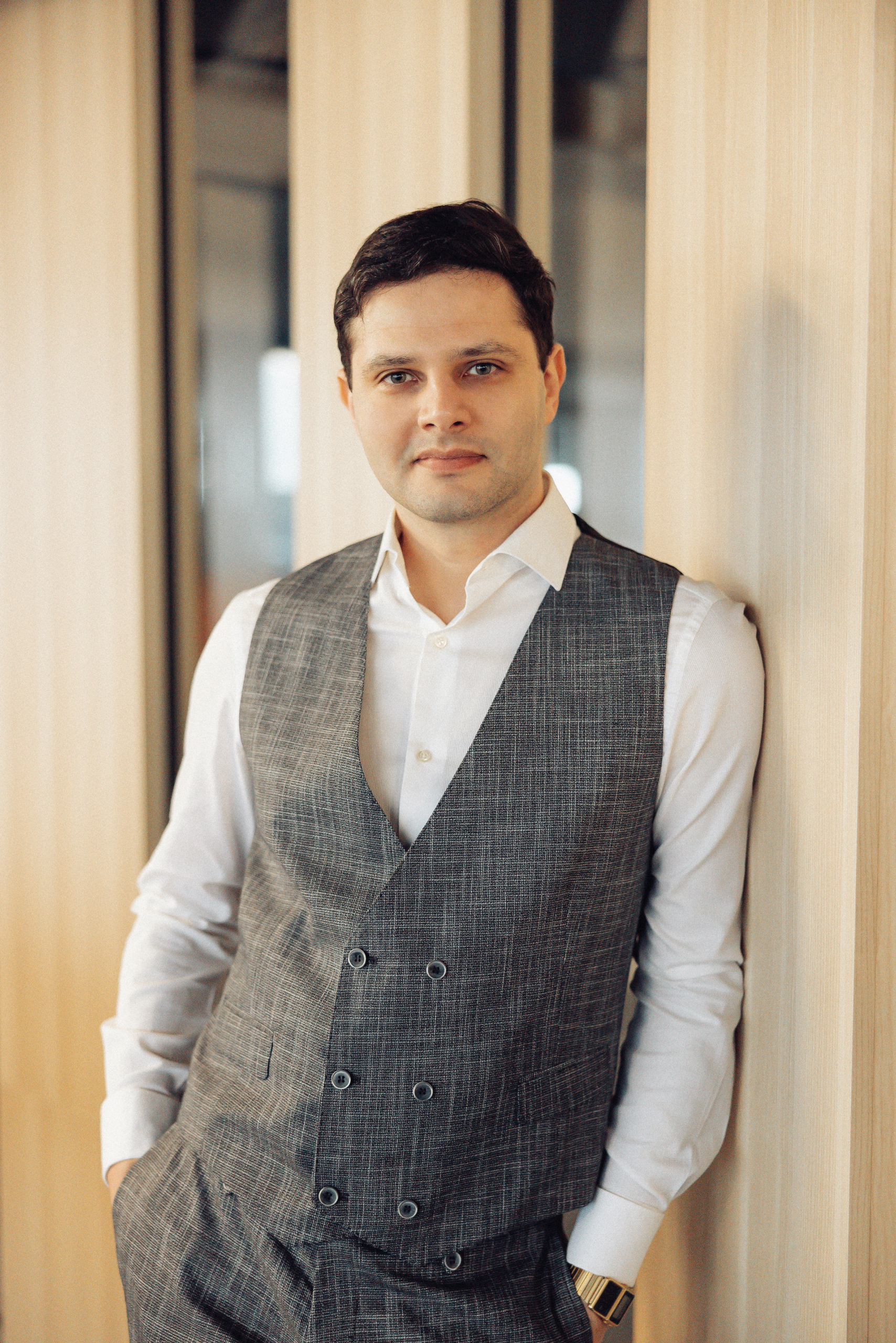
For the client, it was important not only to carry out the development but also to receive in-depth research in their field. Thanks to years of collaboration with Sumy State University and experience in scientific research projects, the company was able to outperform competitors and win the tender.
This is how the idea of launching an R&D hub service emerged at Infinity Technologies. The initiative is led by Roman Reznikov, former Vice President of Intellias, who joined the company as CEO and managing partner.
“Western businesses often turn to universities with similar requests, but bureaucracy makes such collaboration difficult,” says Roman. “We realized we could be a more flexible and faster alternative—engaging Ukrainian scientists and creating R&D hubs tailored to client needs.”
Under Roman’s leadership, the company has already brought in 20 PhD experts. Although the establishment of R&D hubs has only recently become a separate service, Infinity Technologies had been conducting research within other projects before: the company has already launched more than 50 R&D initiatives, involving experts from Ukraine, Europe, and Latin America.
From hypothesis to prototype: how R&D works
Companies turn to Infinity Technologies when they need to solve a business challenge but don’t have the time or reason to build their own R&D department to generate ideas and test hypotheses.
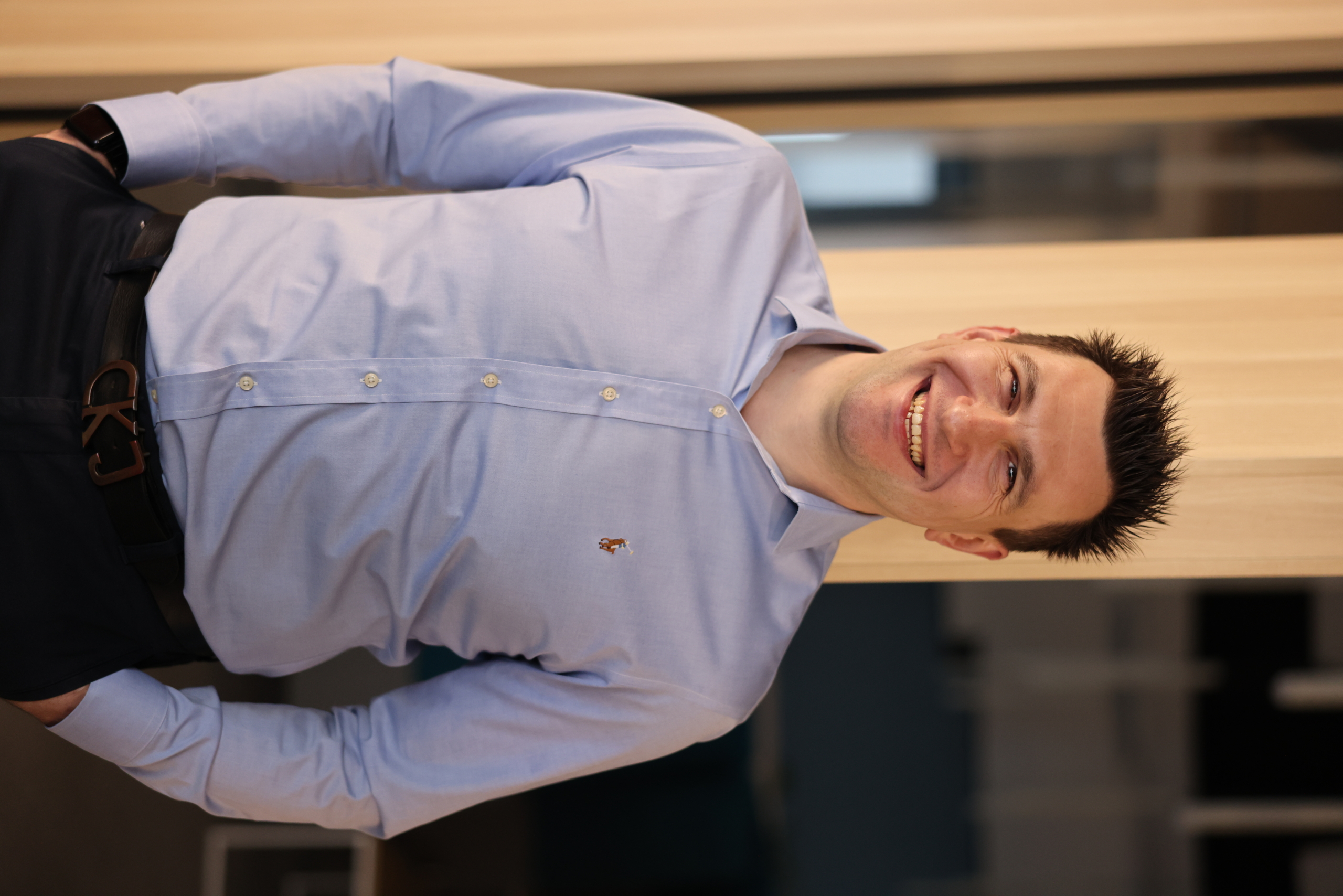
Here’s one example: a Romanian retailer faced a situation where excess stock was piling up in the warehouse, while popular products were constantly running out. The company sought an AI-based solution and turned to Infinity Technologies.
“We started by researching how other retailers integrate AI into their business processes,” says Oleksandr Yatsentyuk. “We analyzed models on Hugging Face—a global open-source platform with thousands of AI models. We reviewed reports from McKinsey, BCG, Bain, Accenture, Google, Microsoft, Deloitte—studying how similar companies use AI and the results they achieve. We also consulted scientific publications.”
Based on this, the team developed 22 use cases for AI in retail. Each was evaluated according to implementation complexity and business impact. The eight scenarios with the greatest potential were selected, and Proof of Concept (PoC) prototypes were created. As a result, Infinity Technologies continued to develop two of the products in-house, while one was handed over to the client’s internal development team.
One of the solutions provided to the client was AI-based demand forecasting models. To build them, the team used 82 factors, including sales history, seasonality, promotional campaigns, geographic features, competitor data, and more. These models formed the basis of a dynamic inventory management system that analyzes changes in demand in real time and automatically redistributes products between warehouses and retail locations. In the first year alone, the retailer reduced “frozen” stock by 13% and cut out-of-stock instances on shelves by nearly 20%.
The company describes creating remote R&D hubs as currently being a ‘blue ocean’ market: demand is high, and competition is low. However, this doesn’t make the field any easier, as delivering value from R&D requires scientists with applied expertise—and these are the hardest to find. Here, Roman Reznikov’s network is invaluable: in 2021, he earned a PhD from the National Academy of Sciences of Ukraine, and he is now pursuing a second doctorate while actively collaborating with the scientific community.
Most clients come for AI
R&D accounts for just under a third of the company’s projects. The most common client request is to implement AI into their business, for example, by integrating it with their database.
“After linking the accounting service to an LLM, the client can simply ask the system in a chat window, ‘How many units did we sell in January?’—and it provides an instant answer,” Roman explains.
A similar request is for intelligent document search across internal archives. Many companies have accumulated terabytes of documents in PDF, Docx, .pptx, and other formats, making it difficult to find anything in the chaos. When an LLM model is connected to the file repository, a user can ask the system a question like, “Where is the content strategy document for 2024?” and receive an answer with a direct link to the file.

Infinity Technologies doesn’t build such solutions from scratch—instead, they create prototypes from existing modules using no-code and low-code platforms like N8n, Camunda, and Make.com. These tools allow different services to be integrated and new workflows to be created from prebuilt blocks, so a prototype can be assembled in just a few days.
This rapid prototyping is particularly attractive to startups, enabling them to quickly validate hypotheses before presenting to investors. “Previously, developing an MVP could cost $50–80k, but with modern no-code and low-code platforms, a hypothesis can be tested for $10–15k,” says Oleksandr Yatsentyuk.
Speed is achieved not only through the use of no-code tools but also through the team-building approach: most developers at Infinity Technologies know 4–5 programming languages and can independently create a full MVP or PoC.
“Previously, we would present demos with a PowerPoint and simple slides, but now we showcase a clickable web application with partially functional features,” Roman explains.
More information about Infinity Technologies can be found on the company’s website.
How developers can become company partners
Infinity Technologies has neither a sales nor a marketing department. The company believes developers understand client needs better than salespeople, and project results are the most effective form of advertising.
“When developers don’t just complete tasks but engage deeply with the product and suggest improvements, clients appreciate it and often recommend the company themselves,” Roman explains. “That’s why we train our people to build long-term relationships with clients, identify opportunities for new projects, and take the initiative to start them.”
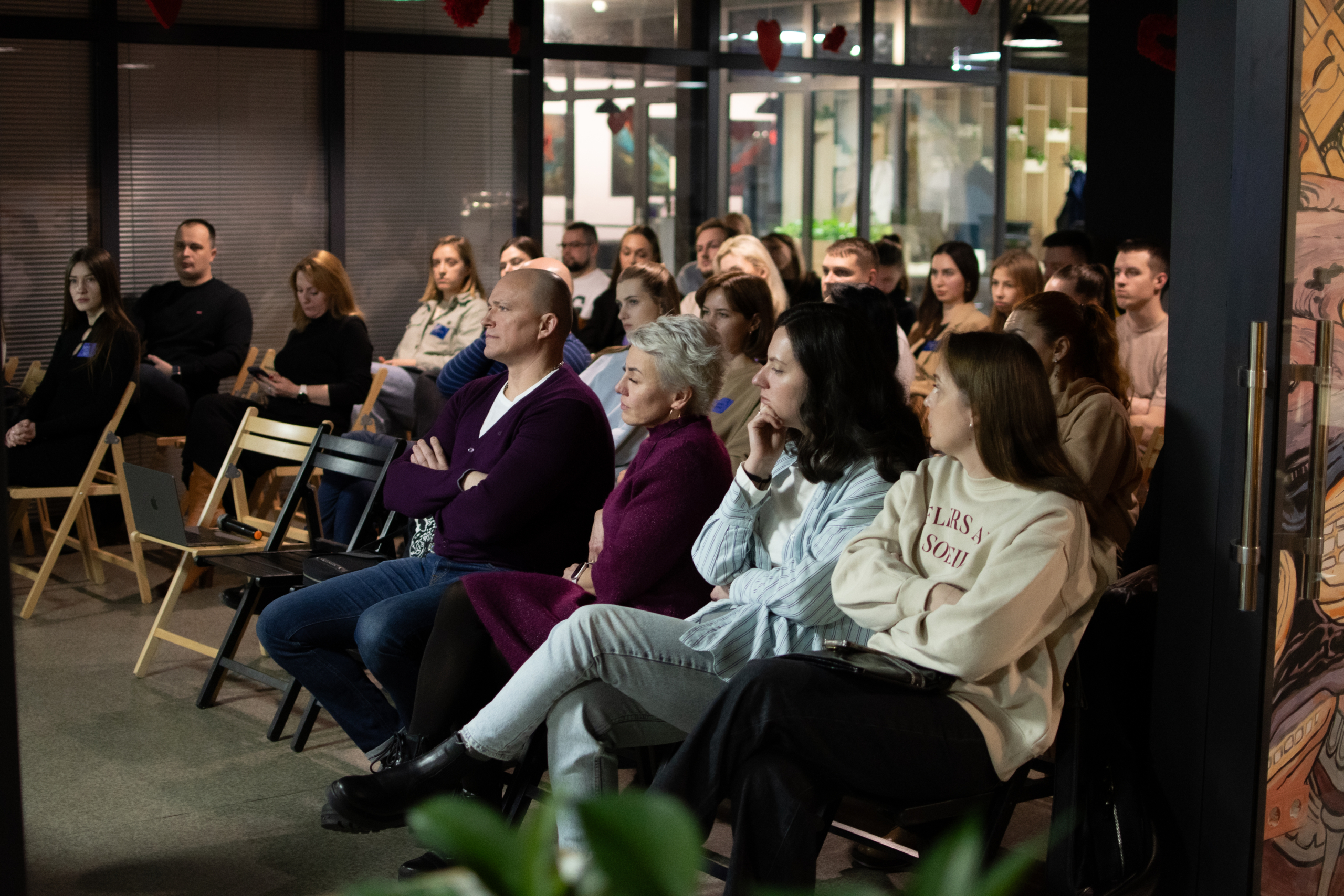
The company follows a simple model: a specialist who brings in a client earns a commission from the project, ranging from 5% to 10%, depending on the profit margin.
In one case, an engineer brought in a new client within their first six months at the company. They began earning a percentage from the project but soon launched their own startup and left the company. Even after leaving, they continue to receive the portion of profit assigned to them, which they use to fund their startup.
“We’re building the company as a platform that allows people to launch their own service business on our foundation. Anyone who brings in a client through their network or expertise earns a commission,” Roman explains. “We want this entrepreneurial spirit to be our team’s primary driving force.”
Today, Infinity Technologies develops products for clients around the world. However, the company’s roots are in Sumy, where one of its offices continues operating.
“For us, the office is an important part of the company,” says Oleksandr Yatsentyuk. “It’s where our specialists work who want to stay at home, in their hometown. We respect this desire and want to support it by providing comfortable working conditions.”






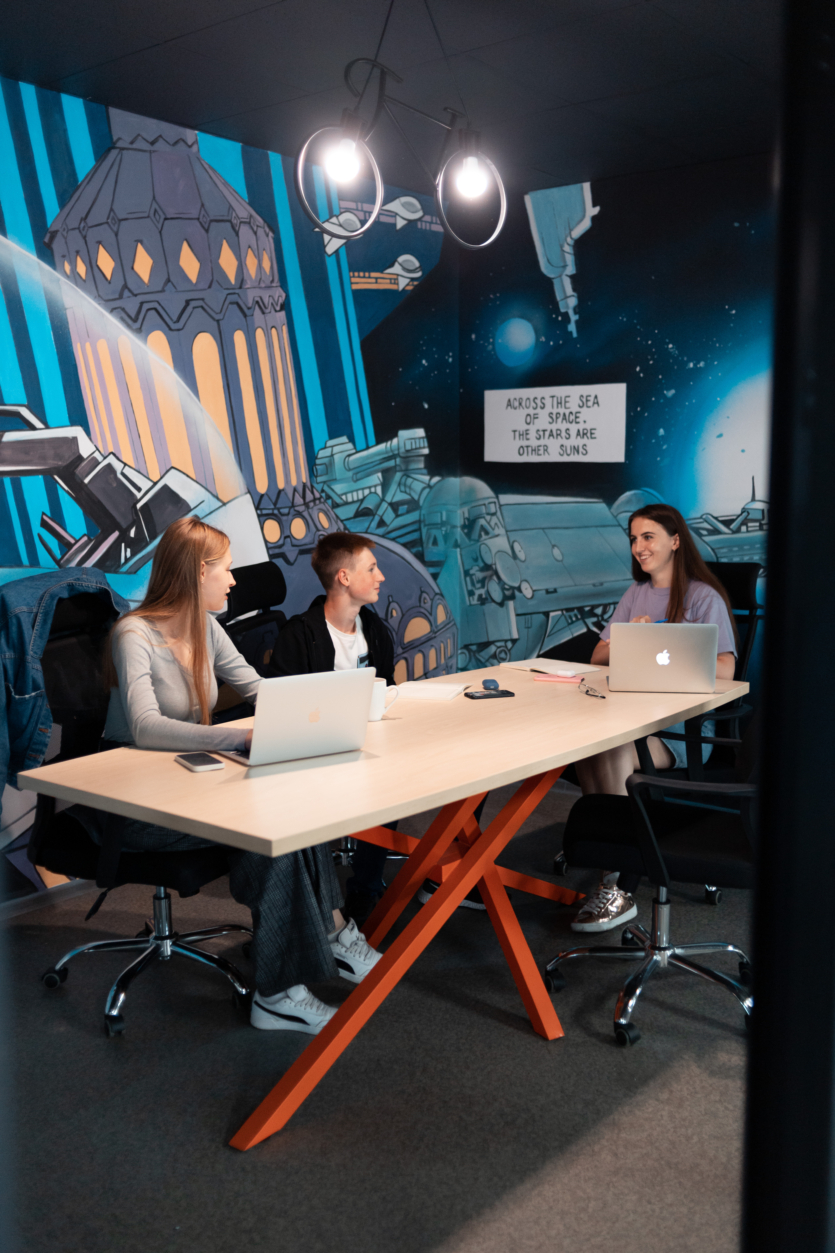
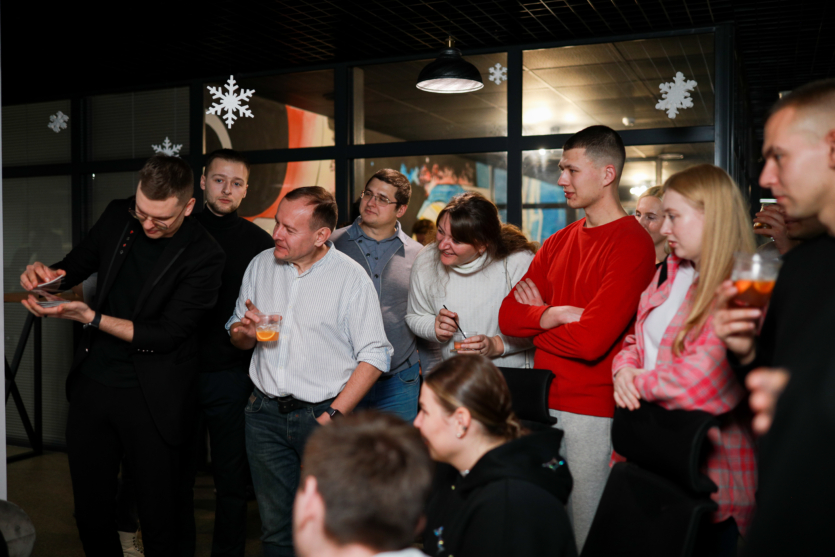
In addition, Infinity Technologies offers its office as a coworking space, allowing other companies that remain in Sumy to work there. Recently, it has also been used as a venue for lectures by Sumy University, whose buildings were heavily damaged during the shelling.
The biggest failure in 20 years and the lessons learned
In 2023, Ukrainian IT media reported that specialists at one IT company hadn’t received their salaries for several months. The company in question was Infinity Technologies. The issue arose when a client from Saudi Arabia suddenly stopped paying invoices. Rather than downsizing, the company decided to retain the team, reallocating staff to other projects and using a financial cushion to cover salaries.
Oleksandr Yatsentyuk calls this the biggest failure in the history of Infinity Technologies. He adds, however, that it also became a valuable lesson—the company has since become far less tolerant of risks.
The experience with the unreliable client also unified the team.
“Now people take a more active role in solving problems and feel that the success of the entire company depends on their actions,” Oleksandr explains. “In turn, we pay more attention to internal communication and openly discuss challenges.”
They embrace challenges, including quantum computing development. The company has begun collaborating with the Kharkiv Quantum Cluster—a research center focused on advancing quantum science and technology in Ukraine. Additionally, together with V. N. Karazin Kharkiv National University, Infinity Technologies is developing master’s and certified programs in quantum technologies and computing, and sponsors tuition for some students. For its engineers, the company has launched several internal training programs on the basics of Qiskit, a framework for working with quantum computing.
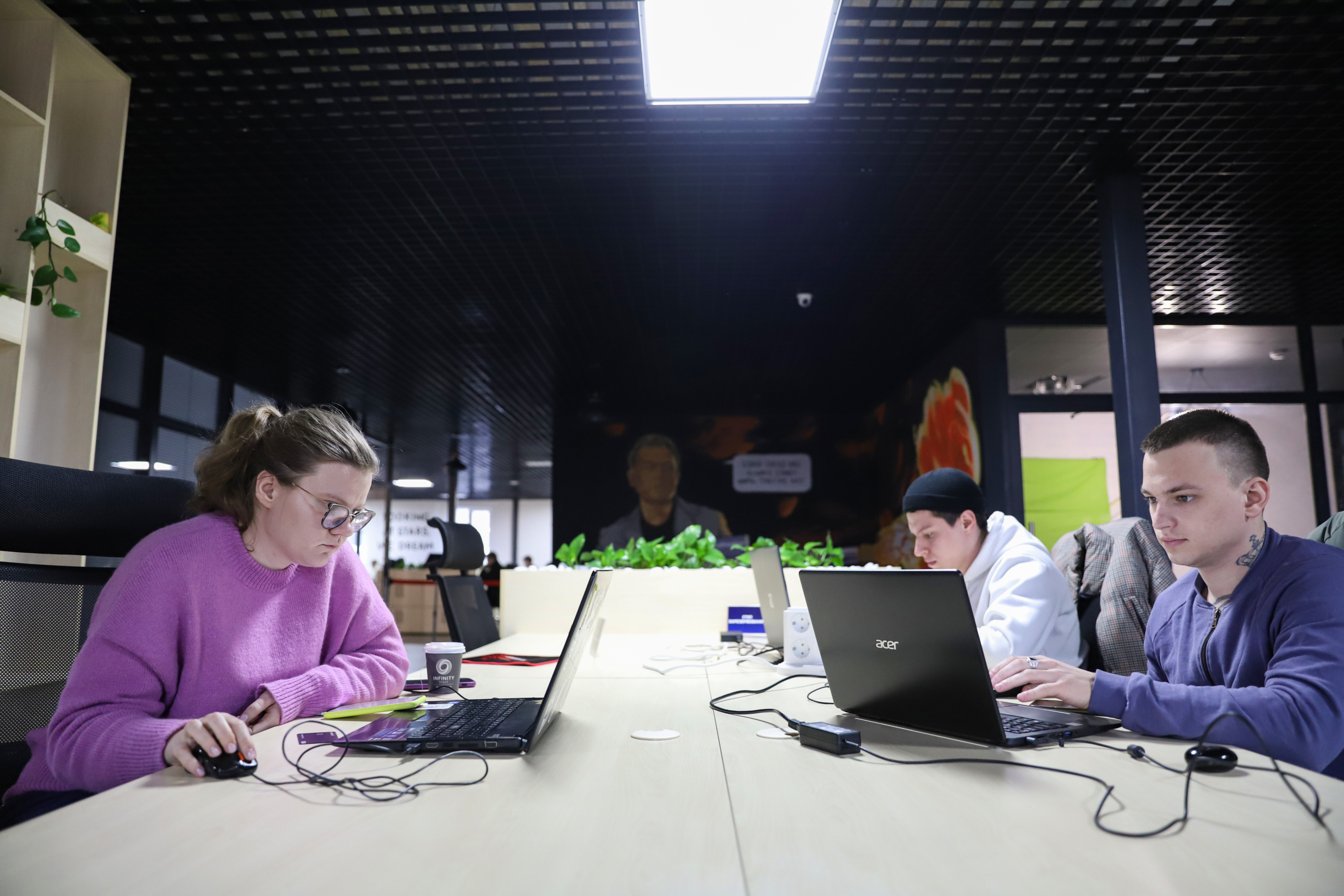
“We have an ambitious plan for 2026—to create a quantum computing R&D hub in Ukraine,” says Roman Reznikov. “We want to provide Ukrainian scientists with a space to implement complex yet exciting ideas, turning their knowledge into practical solutions that thousands of people will eventually use. We already have initial clients interested in this expertise and are preparing a tender proposal for a major client—one of the leading international banks.”
More about Infinity Technologies
Spelling error report
The following text will be sent to our editors: